American Patronage at the Vatican Museums
Ruth Osborne
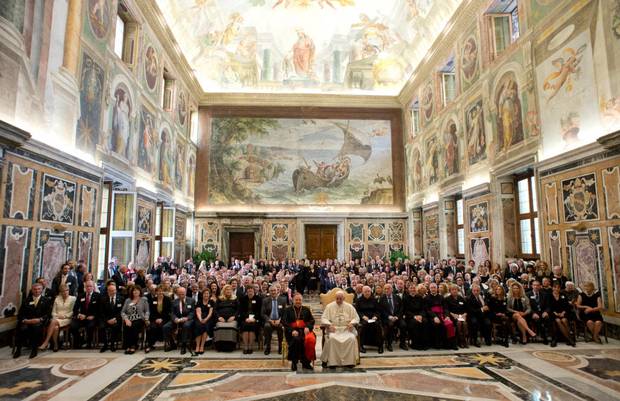
Patrons of the Arts of the Vatican Museum, posing with Pope Francis at Fundraiser. Photo: AP / L’Osservatore Romano.
“ ‘If you want to present’ the different pieces of art, ‘you have to present them in the best condition noted you can.’ ”[1]
This is a recent statement on the importance of restoration by an official of the Vatican Museum Arnold Nesselrath (Deputy to the Director of the Vatican Museums for the Scholarly and Conservational Departments, and one of the two restoration experts in charge of the Sistine Chapel treatment between 1980-1994). Awe-inspiring projects in the Museums’ conservation laboratory are among the many special behind-the-scenes attractions the Vatican uses to woo donors from the United States.
Last month, the Vatican Museums hosted the 30th anniversary of the special “Patrons of the Arts” program, without which much of the restoration projects on the Vatican’s “Wishbook” would not happen. These festivities involve a five-day VIP treatment at the Vatican Museums, including “lectures on museum restoration projects, catered dinners in museum galleries, a vespers service in the Sistine Chapel … and even a one-on-one with Pope Francis himself.”[2] Catering to American patrons’ desire for exclusive access to the ancient City’s priceless famed works of art, the Vatican has successfully cultivated 2,500 American patrons this year.[3] The Patrons’ Facebook page has recently posted a photo of this year’s private vespers service at the Sistine, with the comment “This is how the chapel really should be experienced.” One couple from Hoboken in New Jersey first became involved through an advertisement in a travel magazine “about the benefits of being a patron.”[4]
This stands in stark contrast to the experience of the ever-pressing hoard of tourists coming to the Sistine Chapel every day. These less fortunate visitors are crammed into the space to crane their necks just enough to take in a glimpse of The Creation of Adam; these views, meanwhile, are interrupted by deceptive camera flashes from the more brazen visitors. This is a larger issue often remarked upon by resentful Italian critics, though Director of the Vatican Museums, Antonio Paolucci, insists it is impossible to improve in today’s massive tourist industry.
While it only costs $500/year to join the Patrons program, the price on attending the above-mentioned anniversary celebrations at the Vatican was $1,900 each. Members of the “Patrons of the Arts” group support programs of restoration throughout the Museums (both artistic and architectural elements of the complex), through the “adoption” of specific projects. Patrons can become involved in supporting a restoration project either as an individual donor, or as part of a regional “chapter”-wide effort.
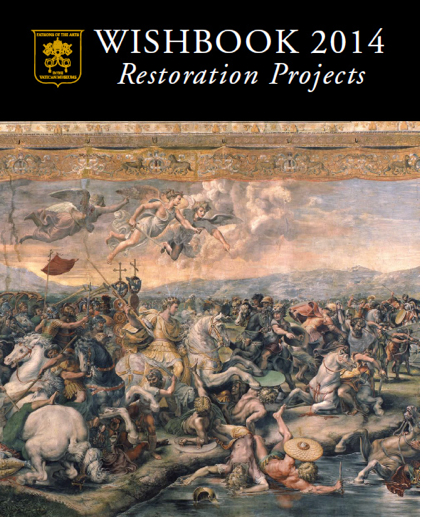
Vatican Wishbook 2014
In this manner, American patrons are being cultivated for specific high-profile projects to enhance their reputation as arts ambassadors. The Vatican Patrons’ website has a page dedicated to specific restoration needs: http://www.vatican-patrons.org/restorations/restoration-needs. Clicking on the title and image of a work of art in need of restoration, one finds detailed information regarding the historic and aesthetic significance of this work and the total cost for restoration. One might not always see, however, precisely why a piece like the fourth-century marble Constantinian Monogram is in need of treatment. Heavy use of laboratory language, on the other hand, is available in detailed examinations of early Christian Sarcophagi and what are termed “Rare Etruscan Treasures.” If individual members or chapters pledge to contribute to a project, it is proudly announced under the image of the object(s) in question. The spectacle of laboratory discovery does a great deal to reel in patrons to supporting major projects. It would seem, from efforts such as these, that the collection was in danger of being left for dead without (1) a restoration lab and (2) patrons to keep funding big restoration projects.
According to the program’s director, Father Mark Haydu, “each year the Vatican can count on about $5 million from them — averaging $2,000 a head — with gifts added to revenue from the annual membership fee.” Fr. Haydu also belongs to a religious order known as the Legion of Christ, with a history of “fundraising prowess,” if questionable in character.[5]
To get a better sense of just how the Vatican seeks out patrons, one can also listen to the propaganda provided by Fr. Haydu, LC, in “Patrons of the Arts in the Sistine Chapel” :
For some of Pope Francis’ grateful words to the Patrons at the 2013 anniversary event:
“Over the past three decades the Patrons have made an outstanding contribution to the restoration of numerous treasures of art preserved in the Vatican collections and to the broader religious, artistic and cultural mission of the Museums…inspired not only by a praiseworthy sense of stewardship for the Church’s heritage of sacred art, but also by the desire to advance the spiritual and religious ideals which led to the foundation of the papal collections…may your patronage of the arts in the Vatican Museums always be a sign of your interior participation in the spiritual life and mission of the Church.”[6]
[1] CNA Daily News, “Vatican Restorers: Art preservation a great responsibility,” Patheos, 28 October 2013. http://www.patheos.com/blogs/catholicnews/2013/10/vatican-restorers-art-preservation-a-great-responsibility/ (last accessed 3 November 2013)
[2] Nicole Winfield, AP, “Vatican’s art-loving donors get access to museums, Sistine, even the pope,” 26 October 2013, Providence Journal. http://www.providencejournal.com/features/entertainment/art/20131026-vatican-s-art-loving-donors-get-access-to-museums-sistine-even-the-pope.ece (last accessed 3 November 2013).
[3] These benefits include the following: priority seating at the Pope’s weekly audience, the ability to shoot to the front of the line at Museums, access to midnight Mass tickets and the Sistine Chapel in morning hours before regular visitors, private tours of closed-off galleries and conservation labs, and similarly special access to the Vatican gardens and St. Peter’s.
[4] Winfield.
[5] Winfield; Jason Berry, “How Fr. Marciel built his empire,” National Catholic Reporter, 12 April 2010. http://ncronline.org/news/accountability/how-fr-maciel-built-his-empire (last accessed 6 November 2013).
[6] “Pope Francis: Arts express beauty of Church’s Faith,” Vatican Radio. News.VA: Official Vatican Network. 19 October 2013. http://www.news.va/en/news/pope-francis-arts-express-beauty-of-churchs-faith (last accessed 5 November 2013).

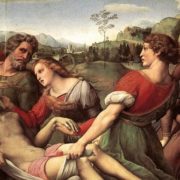
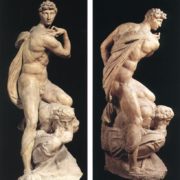
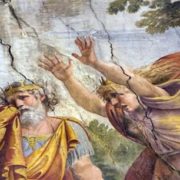
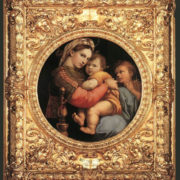
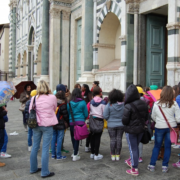
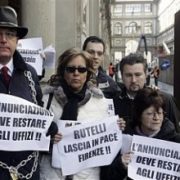


Leave a Reply
Want to join the discussion?Feel free to contribute!